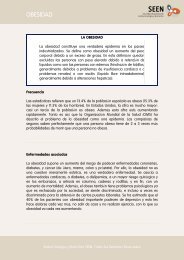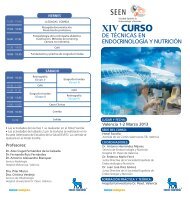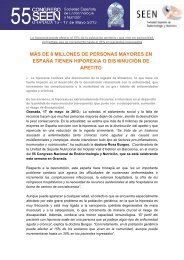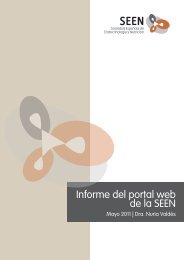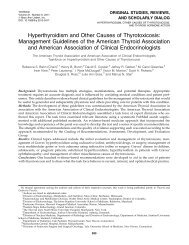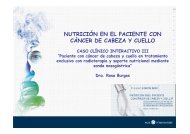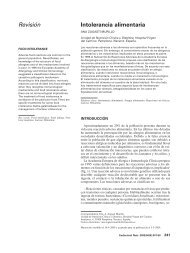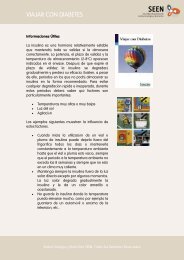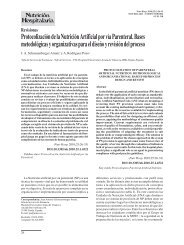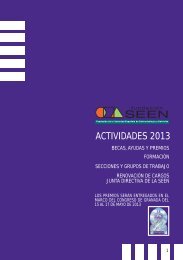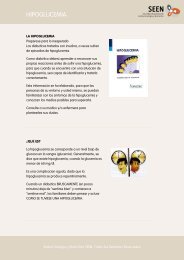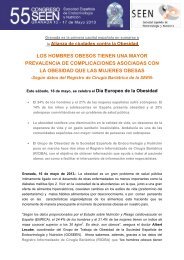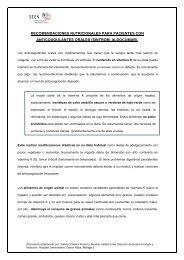Basic Concepts of Fluid and Electrolyte Therapy
Basic Concepts of Fluid and Electrolyte Therapy
Basic Concepts of Fluid and Electrolyte Therapy
Create successful ePaper yourself
Turn your PDF publications into a flip-book with our unique Google optimized e-Paper software.
(3) The answer to this question is summarised in Chapter 3. Decision<br />
making should be informed by all the information available,<br />
including history, examination, vital signs, measurements <strong>and</strong><br />
tests including urine output <strong>and</strong> concentration <strong>and</strong> serum biochemistry,<br />
fluid balance charts, weight changes, <strong>and</strong> an underst<strong>and</strong>ing<br />
<strong>of</strong> the likely patho-physiological changes. It should not<br />
be based just on casual bedside assessment <strong>of</strong> unreliable <strong>and</strong> nonspecific<br />
signs such as dry mouth or diminished skin turgor.<br />
Remember, serial weighing is the most accurate measure <strong>of</strong> external<br />
water balance.<br />
(4) The most appropriate method <strong>of</strong> administration should be the<br />
simplest <strong>and</strong> safest that is effective (Chapter 6). The oral route<br />
should be used whenever possible. In acute situations <strong>and</strong> in the<br />
presence <strong>of</strong> gastrointestinal dysfunction or large deficits, the<br />
intravenous route is the most appropriate. This, however, should<br />
be discontinued at the earliest opportunity. Enteral tube administration<br />
may be appropriate where swallowing is the major problem.<br />
Subcutaneous infusions should be considered, particularly in<br />
the elderly, for the management <strong>of</strong> chronic or recurrent problems.<br />
(5) The most appropriate fluid to use is that which most closely<br />
matches any previous or ongoing losses (Chapter 4). Recent published<br />
data favours the use <strong>of</strong> balanced electrolyte solutions<br />
rather than 0.9% saline to replace salt <strong>and</strong> water deficits, except<br />
in the case <strong>of</strong> losses <strong>of</strong> gastric juice with its high chloride content.<br />
Following intravascular fluid losses, current thinking favours a<br />
combination <strong>of</strong> artificial colloid <strong>and</strong> balanced electrolyte solutions,<br />
supported by packed cells after significant blood loss.<br />
54




